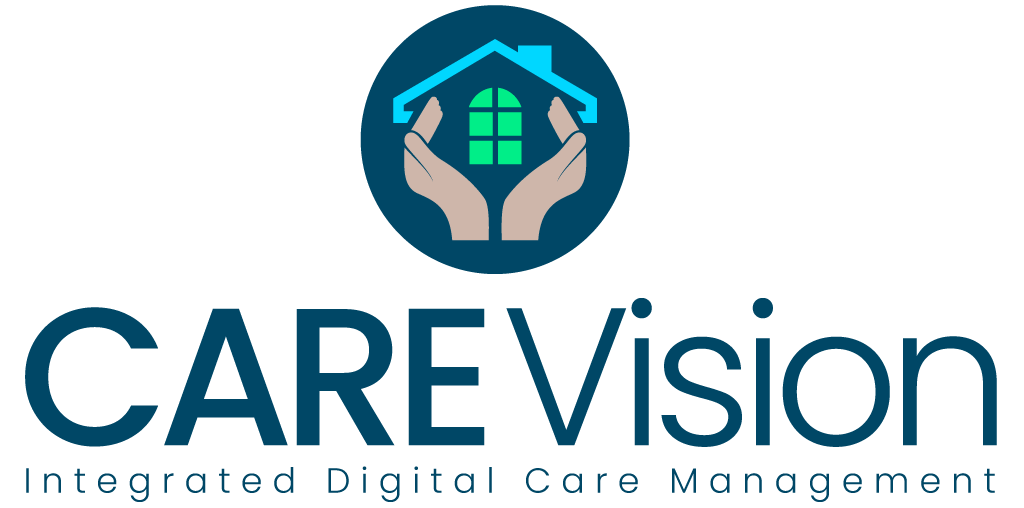Businesses are under increased pressure to go ‘paperless’ as part of wider sustainable working initiatives, and those operating in the care sector are no exception. The good news is that, thanks to advances in technology, getting rid of paper-based notes, records and messages is easier than ever before. Just by switching to a digital care management system, for example, you can move so many paper-based administrative tasks online.
So, what are some of the advantages of going paperless – or as close to it as possible? For a start, it helps ensure patient confidentiality and lowers the risk of sensitive information ending up in the wrong hands. Passwords and encrypted software keep records safe and out of the reach of unauthorised users.
Digital systems are easier to access and share with those who do need to see the information, leading to greater efficiency and quicker turn-around times for service users. Finally, it cuts down on paper and physical storage costs and helps the environment at the same time. Here are ten ways to ditch the paper in your care home this summer.
Pre-arrival details
When a new family enquires about moving a loved one into your care home, you can capture their details electronically to save on paper. This also helps you when the time comes to welcome the person officially, as much of their data will already be entered into the system and you won’t have to search for different pieces of paper.
eMAR system
Accurate recording of residents’ medications, including dosages, dates and times given and changes to prescriptions are key to ensuring the health and safety of those under your care. Electronic records keep all data together, prevents misunderstandings through messy handwriting and facilitates easier sharing of notes and instructions over paper-based alternatives.
Paperless handover notes
When carers change shifts, it is vital that their handover notes are as comprehensive and up-to-date as possible. This will allow the next team to continue providing care seamlessly without any unnecessary delays caused by trying to locate the right records. Notes can all be kept on the same digital system, rather than relying on hard-copy folders for each person.
Electronic visitors book
Care home staff must know who is on site at all times from a health and safety point of view. Issues such as fire safety and resident safeguarding means that keeping tabs on who is coming and going it key. Switching from a hard-copy visitors signing-in book to an electronic version keeps the reception area tidier and allows visitor data to be accessed 24/7 for rapid checks and visitor reports.
Smart phone communications
Care home team members need to keep in touch at all times to give updates, sort emergencies and relay vital information about their residents. Smart phones and digital software makes this far easier than sending hard-copy memos or writing down messages on pieces of paper. You can use digital software to send emails, leave voice memos and much more.
Digital resident records
Each resident of your care home should have their own individual record where all essential data can be kept I one place. From medications and medical history to likes and dislikes and family details, all of this can be kept electronically and stored on the cloud, doing away with the need to store yet more information in paper format.
Paperless staff rotas
Staff rota planning has never been more simple than when it can be done digitally. Rather than using endless diaries or planners to plot when people need to be at work, use a digital rota planning tool instead. Not only is this simpler to manage; the finished results can be sent directly to staff so they know when they need to come into work as soon as you decide on the relevant dates and times.
Invoicing made easy
Sending and receiving invoices used to take up a lot of time and resources, not just for you and your suppliers and customers, but also for the postal service ferrying paper invoices and receipts to and fro. Going digital for invoices and payments cuts out a lot of unnecessary paper and saves time and effort too.
Digital accounting
Finally, accounts, tax returns and audits can produce mountains of paperwork, much of which must be kept, bylaw, for several years after being filed. Again, cloud-based storage helps reduce the need for physical filing cabinets and reams of paperwork cluttering up your office. You can also connect your digital software directly to your accounts package, making life a lot easier for both you and your accountant.





